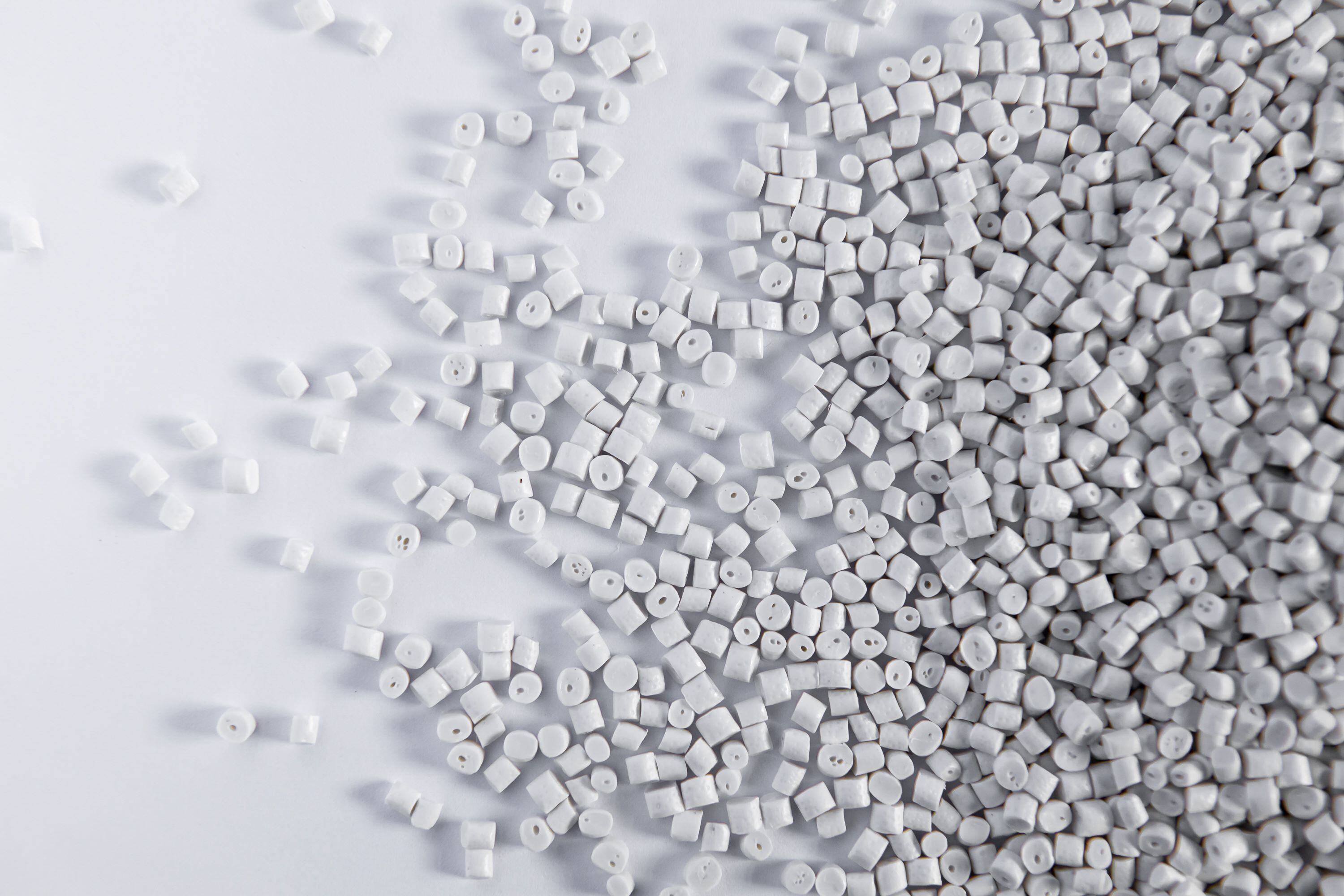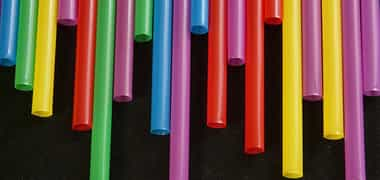
May 30, 2025
In today’s eco-conscious world, industries are rethinking materials to meet the growing demand for sustainability without compromising performance. Enter Wood-Plastic Composites (WPCs) a revolutionary blend of recycled wood fibers and plastic polymers transforming sectors from construction to automotive and decking to furniture.
What Are Wood-Plastic Composites?
Wood-plastic composites are hybrid materials made by combining natural wood fibers or flour with thermoplastics like polyethylene, polypropylene, or PVC. This fusion produces a highly durable, versatile, and eco-friendly material that retains the aesthetic appeal of wood while gaining the resilience of plastic.
WPCs are not just an alternative, they’re an upgrade. Their resistance to root, mold, and insect damage make them favorite outdoor applications. Their low maintenance requirements and long lifecycle offer economic and environmental benefits.
The global market for wood-plastic composites is growing steadily, driven by increased construction activities, stricter environmental regulations, and rising demand for recyclable materials. According to BCC Research, the market for wood-plastic composites is expected to grow from $4.7 billion in 2024 to $6.9 billion by the end of 2029 at a compound annual growth rate of 8.1%. As industries move toward circular economy models, WPCs are expected to play a pivotal role in reducing carbon footprints.
The global market for wood-plastic composites (WPCs) is expected to grow from $4.7 billion in 2024 to $6.9 billion by the end of 2029, at a compound annual growth rate (CAGR) of 8.1% from 2024 through 2029.
Strength and Durability
Traditional wood products are vulnerable to moisture, decay, and pests. WPCs eliminate these concerns. They’re resistant to rotting, warping, and insect damage, making them ideal for harsh outdoor environments or high-traffic applications.
Low Maintenance
Unlike wood, which requires staining, sealing, or painting, WPCs maintain their appearance with minimal upkeep. A simple wash with soap and water is often enough.
Eco-Friendly and Sustainable
One of the standout benefits of WPCs is their environmental impact. By repurposing wood waste and recycled plastics, WPCs reduce the reliance on virgin materials and divert significant waste from landfills. For businesses committed to sustainability, they offer a credible path toward greener practices. Some manufacturers go the extra mile by using 100% recycled content.
Aesthetic and Versatile
From natural wood grains to bold, customized finishes, WPCs provide design flexibility that suits modern and traditional aesthetics. They can be easily molded into complex shapes, opening new possibilities for architects, designers, and engineers.
Cost-Effective in the Long Run
Though the initial cost might be higher than wood, WPCs save money over time by reducing maintenance and replacement costs.
Residential and commercial decking– The most popular use, providing slip-resistant, weatherproof outdoor floors.
Cladding & Siding – Enhances building exteriors with an eco-friendly touch.
Fencing and railing systems– Offers security and style with longevity.
Outdoor Furniture – Tables, benches, and chairs built for the elements.
Interior Products – Door frames, window profiles, and decorative elements.
Innovation is at the heart of WPC development. Companies are exploring bio-based polymers, enhancing UV resistance, and improving mechanical performance to expand WPC applications further. With ongoing research and new material formulations, WPCs are set to become a cornerstone of sustainable product design.
Final Thought: In the quest for materials that align with environmental stewardship and industrial performance, Wood-Plastic Composites (WPCs) have emerged as a defining innovation. They offer a powerful synthesis—combining the natural elegance of wood with the strength and resilience of plastic—while addressing some of the most pressing ecological and economic challenges of our time.
As the global market accelerates, with projections reaching $6.9 billion by 2029, WPCs are no longer just niche alternatives but front-runners in the material evolution toward a circular economy. Whether in construction, furniture, or automotive design, WPCs enable industries to reimagine sustainability as a compromise and a competitive edge.
The future of materials is undeniably hybrid — and Wood-Plastic Composites are leading the way.

Amrita Kumari is a Senior Executive Email Marketer at BCC Research, with a bachelor’s degree in computer applications. She specializes in content creation and email marketing.

The global CO₂-based plastics market is shifting the story of carbon dioxide fro...

The global market polymeric foam was valued at $148.7 billion in 2024 and is exp...

We are your trusted research partner, providing actionable insights and custom consulting across life sciences, advanced materials, and technology. Allow BCC Research to nurture your smartest business decisions today, tomorrow, and beyond.
Contact UsBCC Research provides objective, unbiased measurement and assessment of market opportunities with detailed market research reports. Our experienced industry analysts assess growth opportunities, market sizing, technologies, applications, supply chains and companies with the singular goal of helping you make informed business decisions, free of noise and hype.